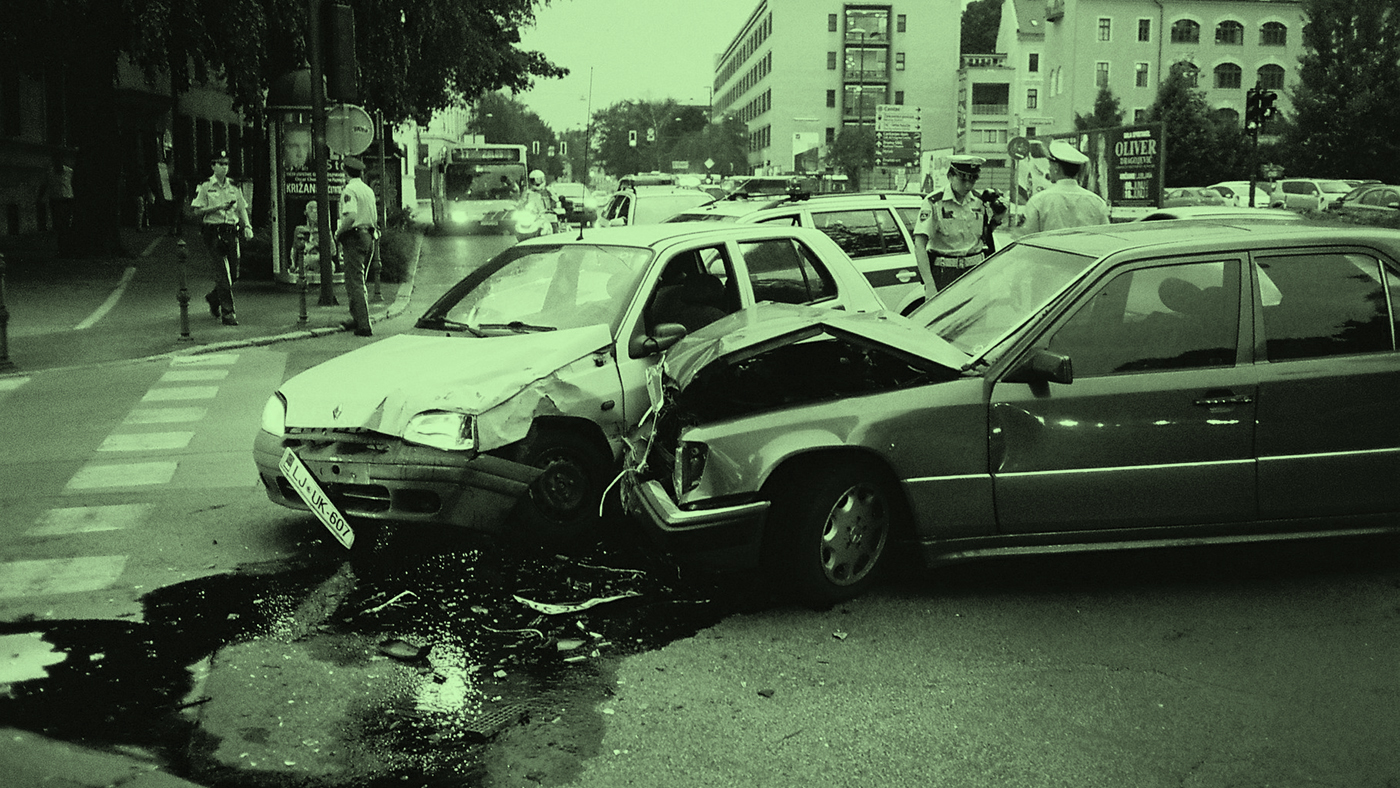pot
U.S. drivers faced a 12% greater risk of dying in a car crash on April 20 over the past 25 years. The likely explanation? High drivers.
A new study investigates if pot smokers outperformed nonsmokers in creativity.
A Midwestern university has created a first-of-its-kind program in medicinal plant chemistry that focuses on marijuana.
An expansive new study shows that marijuana use by Americans has increased significantly since 2002.



